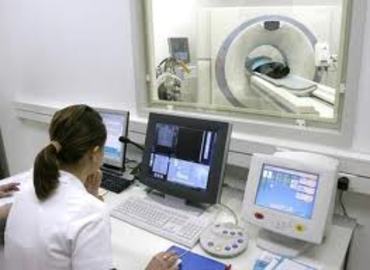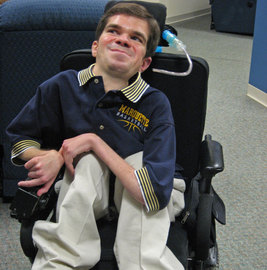Introduction

Rhizomelic Chondrodysplasia Punctata or RCDP is a condition that affects newly-born infants and children. It is a genetic disease that prevents normal child development characterized by abnormalities in bone growth, breathing problems, learning handicap, and distinct facial formation (sunken eyes, malformed cheeks, protruding eyes).
History

Rhizo Kids International was started in 2009 as a place where parents of Rhizo kids could come for support and gain knowledge in caring for their children. It relies on donations to fund their activities. One of the most important activities of Rhizo Kids is to fund research activities with the hope of finding a cure for RCPD. It also organizes various conferences throughout the year on RCDP themes. It was founded by Mary Ellis, parent of a Rhizo child who died in the same year it was founded.
Features

RCPD is a disease that affects 1 in every 1,000 live births. It is a genetic disease that is passed by the parents of a child, which is in turn inherited from their parents' parents and forefathers. The disease has long been in the family and just handed down from one generation to another.
A Rhizo affected child carries one of these rhizomelic chondrodysplasia punctata genes that affect the type of RCDP disease he/she has. These genes are responsible for the formation of perixomes. Perixomes are compartments in the body that carry enzymes essential for breaking down substances such as fatty acids and even toxic substances. These enzymes are also responsible in producing fats and lipids necessary in the functioning of the digestive and central nervous systems. Perixomes produce plasmalogens and if there are gene defects, they are not able to produce these lipid molecules. Thus, Rhizo children with high levels of plasmalogens have less severe RCDP while those with lower plasmalogens are more affected by the genetic condition. Plasmalogens levels are used to determine the severity of the RDCP in children.
The condition prevents the infant or child from growing normally with skeletal abnormalities, respiratory problems, learning disabilities, and abnormal facial features. Cataracts are also present in the eyes. Seizures, low birth weight, aspiration, heart and hearing problems are other characteristics of a child diagnosed with the disease.
The bad news is, an infant or child diagnosed with RCDP has low chances of reaching adulthood with more than 50% of sufferers dying before the age of 10. It is very rare for a Rhizo diagnosed child to survive into adulthood because of the nature of the disease, stunting normal growth and preventing basic functions of the body such as breathing. Most children do not make it past childhood, with the majority succumbing to the disease before age 10.
At the moment, there is no cure for Rhizo kids, but there are treatments that can be done to eliminate or reduce the characteristics of the disease. Cataracts in the eyes can be removed through surgery. Physical therapy and orthopedic surgery can alleviate bone deformation. Talking to other parents of Rhizo kids can also help in caring for a child affected with this genetic disease.
Tips and comments
Rhizo Kids International is a 501 c3 organization and donations received by the association qualify as tax deductions.